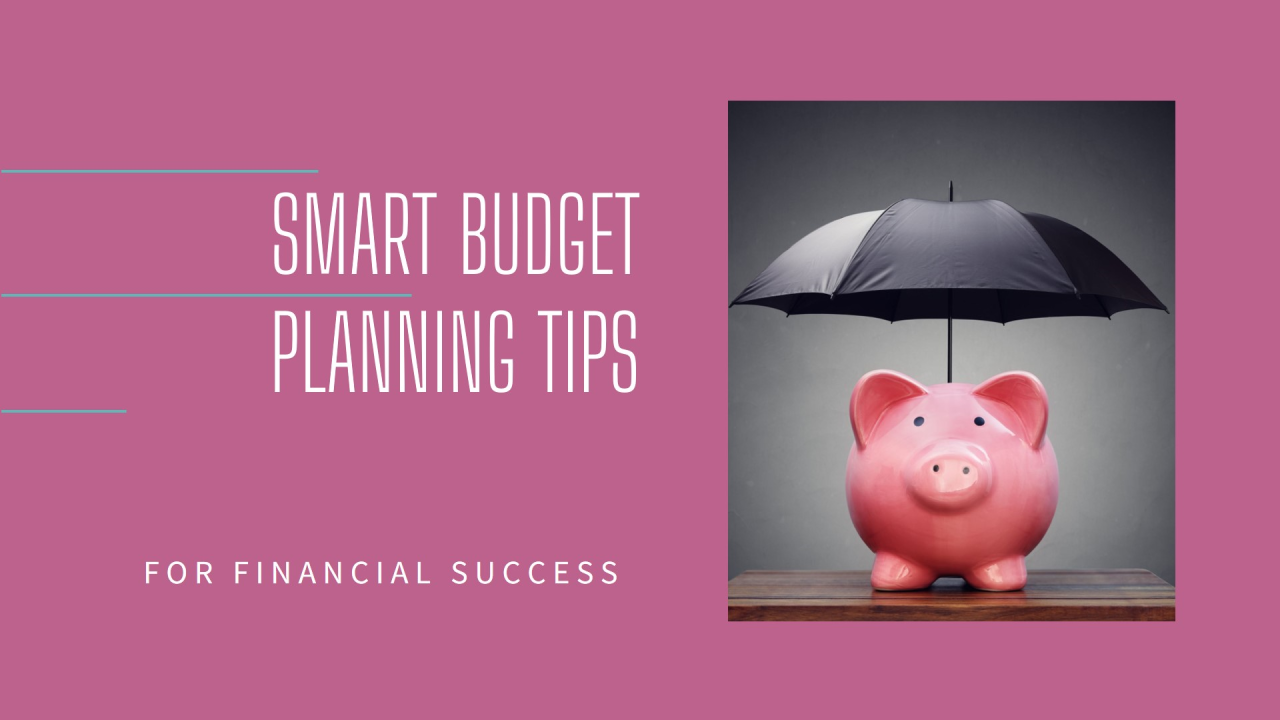Smart Budgeting Basics: Take Control of Your Finances
Budgeting is one of the most important steps in gaining control over your finances. Whether you want to save for a major purchase, pay off debt, or simply understand where your money goes each month, creating and following a budget is the key to financial success. In this article, we’ll explore the basics of budgeting, why it’s important, and how to get started with a simple plan.
Why Budgeting is Important
Budgeting helps you track your income and expenses. When you know where your money is going, you can make better decisions. A good budget helps you avoid overspending and ensures that you’re saving enough for your future goals. It also prevents financial stress, helping you feel in control of your money.
Without a budget, it’s easy to spend too much, not save enough, or rack up unnecessary debt. Budgeting gives you a clear picture of your financial situation and helps you set realistic goals.
Step 1: Understand Your Income and Expenses
Before you can create a budget, you need to know how much money you’re bringing in and where it’s going. Start by looking at your monthly income. This includes your salary, any freelance work, side jobs, or passive income streams.
Next, list your expenses. Divide them into two categories: fixed expenses and variable expenses.
Fixed expenses stay the same every month. These might include:
- Rent or mortgage payments
- Utility bills
- Insurance premiums
- Loan repayments
Variable expenses change month to month. These can include:
- Groceries
- Transportation (gas, car payments, etc.)
- Entertainment (eating out, movies, etc.)
- Personal spending (clothes, hobbies)
It’s essential to be honest when listing your expenses. The goal is to have an accurate picture of where your money is going. Keep track of all your spending, no matter how small. You’d be surprised how much little expenses can add up over time.
Step 2: Set Financial Goals
Once you understand your income and expenses, it’s time to set financial goals. This is a crucial step. Setting clear and achievable goals will give you something to work toward. It could be anything from paying off a credit card, building an emergency fund, saving for a vacation, or investing for retirement.
Make sure your goals are specific, measurable, achievable, relevant, and time-bound (SMART goals). For example, instead of saying, “I want to save money,” a SMART goal would be, “I want to save $500 for an emergency fund in 3 months.”
Step 3: Create a Budget
Now it’s time to create your budget. There are several budgeting methods to choose from. The key is to pick one that suits your lifestyle and helps you stay on track. Below are a few popular methods:
50/30/20 Rule
This is a simple and easy-to-follow budgeting method. It divides your income into three categories:
- 50% for needs (rent, utilities, groceries)
- 30% for wants (entertainment, dining out, shopping)
- 20% for savings and debt repayment
You can adjust the percentages if needed. For example, if you’re focused on paying off debt, you might allocate 30% to debt repayment and 20% to savings.
Zero-Based Budgeting
In zero-based budgeting, every dollar you earn is assigned a job. This means that your income minus your expenses equals zero. You allocate all your income to specific categories, such as bills, savings, and debt. This method works well if you want more control over every dollar.
Envelope System
The envelope system is a more hands-on method. You physically divide your cash into different envelopes for each spending category (e.g., food, gas, entertainment). Once the cash in an envelope is gone, you can’t spend any more in that category for the month. This method is great for people who struggle with overspending.
Choose the method that works best for your financial situation and stick to it. Remember that budgeting is a process. Don’t worry if it takes a little time to get used to it.
Step 4: Track Your Spending
Tracking your spending is crucial to sticking to your budget. You need to know if you’re overspending in any category. There are many ways to track your expenses, such as:
- Using a budgeting app (like Mint or YNAB)
- Writing everything down in a notebook
- Keeping receipts and adding up totals at the end of the week
Tracking your expenses regularly allows you to make adjustments if needed. If you find that you’re overspending in one area, you can cut back or reallocate funds from another category.
Step 5: Adjust as Necessary
Life changes, and so should your budget. You may receive a raise, experience an unexpected expense, or need to adjust your savings goals. It’s important to review your budget regularly and make adjustments. The goal is to keep your spending in line with your income and goals.
If you find yourself struggling with a particular category, try reducing it for the next month. For example, if your entertainment budget is too high, consider cooking at home more often or finding free activities to do.
Step 6: Save and Build an Emergency Fund
One of the most important aspects of budgeting is saving money. It’s easy to focus on paying bills and spending on daily needs, but saving is essential for your financial future.
Start by building an emergency fund. This is a savings buffer that can help you cover unexpected costs, such as medical bills, car repairs, or job loss. Ideally, you should aim for 3 to 6 months’ worth of living expenses.
Once your emergency fund is in place, you can focus on other savings goals, like retirement or a vacation. Automate your savings to make it easier. Set up automatic transfers from your checking account to your savings account each month.
Step 7: Pay Off Debt
Debt can be a huge obstacle to financial success. If you have credit card debt, student loans, or other loans, create a plan to pay them off. The sooner you pay off debt, the less interest you’ll pay in the long run.
One method is the debt snowball approach. You focus on paying off your smallest debt first, then move to the next smallest, and so on. This can help build momentum and give you motivation to continue.
Alternatively, the debt avalanche method targets high-interest debt first, which can save you more money in interest over time.
Choose the debt repayment method that works best for you, and include it in your budget.
Step 8: Stay Motivated
Budgeting isn’t always easy, but it’s worth it. Celebrate small wins, like paying off a debt or reaching a savings goal. Track your progress regularly to see how far you’ve come.
Stay focused on your goals, and remember that budgeting is a journey. It takes time, but with dedication and discipline, you can achieve financial success.
Conclusion
Smart budgeting is about taking control of your money and working toward your financial goals. By understanding your income and expenses, setting goals, creating a budget, tracking your spending, and saving, you can improve your financial situation. Budgeting might feel challenging at first, but with practice, it becomes easier. Stick to it, stay committed, and watch your finances improve.Ready to take control of your finances? Start today by setting up a budget that aligns with your goals and lifestyle. For more tips on financial wellness and mindful living, visit Venzec.icu and take the first step toward financial freedom!








